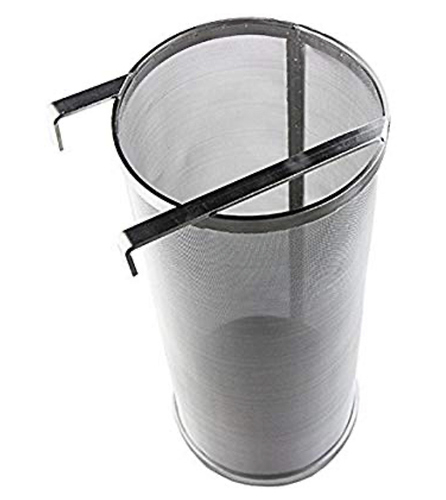What’s best way to filter meat broth?
I often cook (5-6 hours in a crock pot) beef or pork bones that come with a good amount of meat on them. Beef/pork ribs, beef neck bones, and “seven bone steak”. I like to harvest the broth for later use. But there are lots of meat bits in it and maybe tsoe bone chips from when it was cut. I haven’t yet found an ideal way to filter the broth.
What I’ve been doing is, after cooking and then eating our first meal from it:
Pull out the me meat and bones from the crock pot, discard the bones.
Strain the remaining broth/fat mixture through a metal sieve (strainer).
Whatever bits the strainer catches, I will eat or save for later.
Now I have the strained liquid - broth and fat together.
But it’s cloudy.
I’ve filtered it using coffee filters in a pour-over filter holder.
Tonight I went through about 8 filters while straining about 2 cups (0.5 liter) of broth+fat.
Those were #2 coffee filters. I guess #4 filters will handle a bit more before they become clogged and useless.
Is anyone else here filtering their broth/fat mixture? How?
Anyway, once it’s filtered, I pour it into a jar and it goes in the fridge. The fat separates to the top and I pull it out, then I have broth and fat in their own containers.


